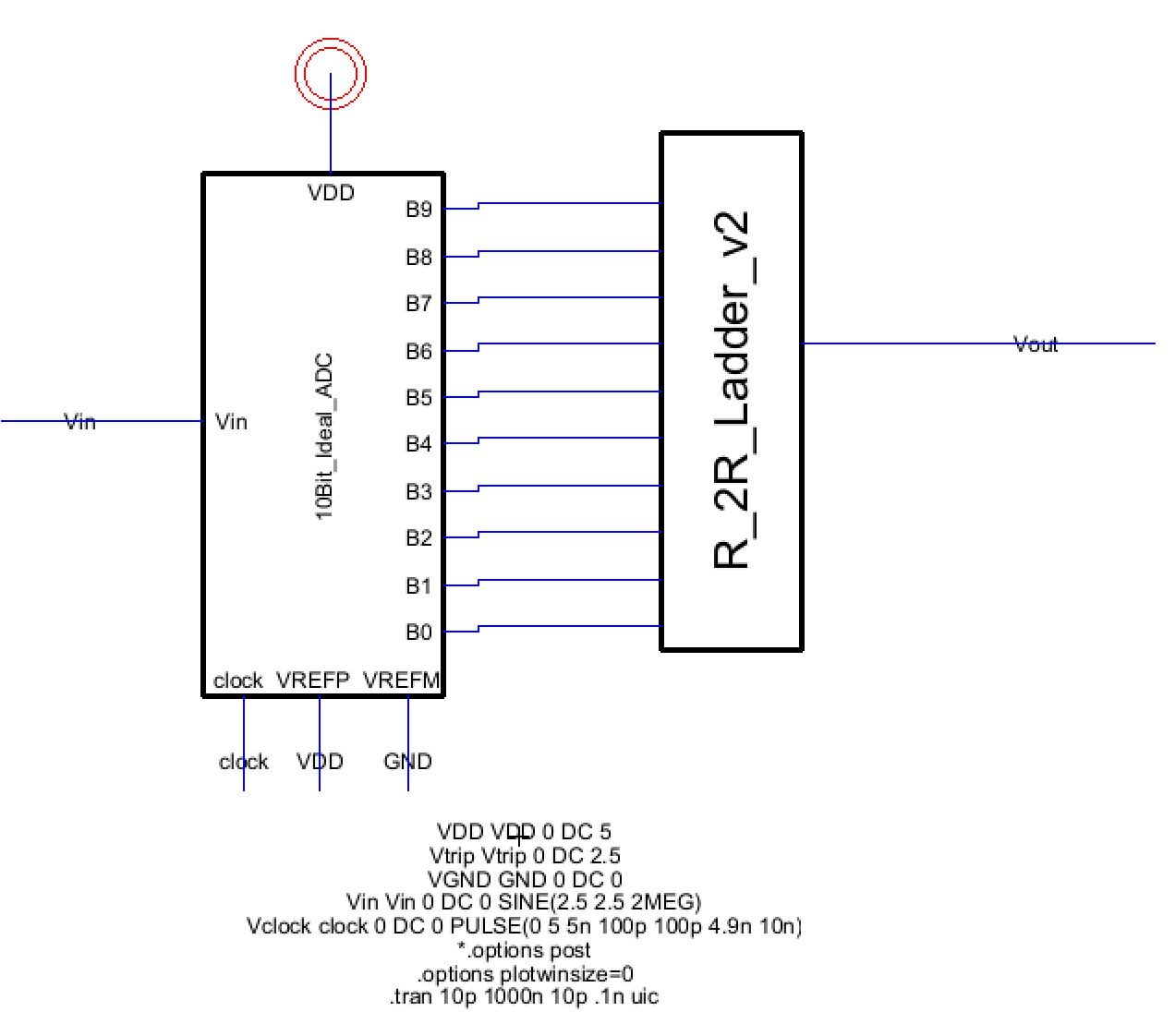
Figure 5. The R-2R DAC is then connected to our ideal ADC for testing
 Figure 6. The
output of the R-2R DAC is graphed alongside the input of the ADC showing the proper output
Figure 6. The
output of the R-2R DAC is graphed alongside the input of the ADC showing the proper output
Discussion:
This lab was an excellent introduction to the use of subcells and
layouts in VLSI design. This lab takes us one step further into
understanding how common digital devices are designed and function. The
use of subcells helps to greatly reduce the amount of work required to
design a component with repeating patterns.